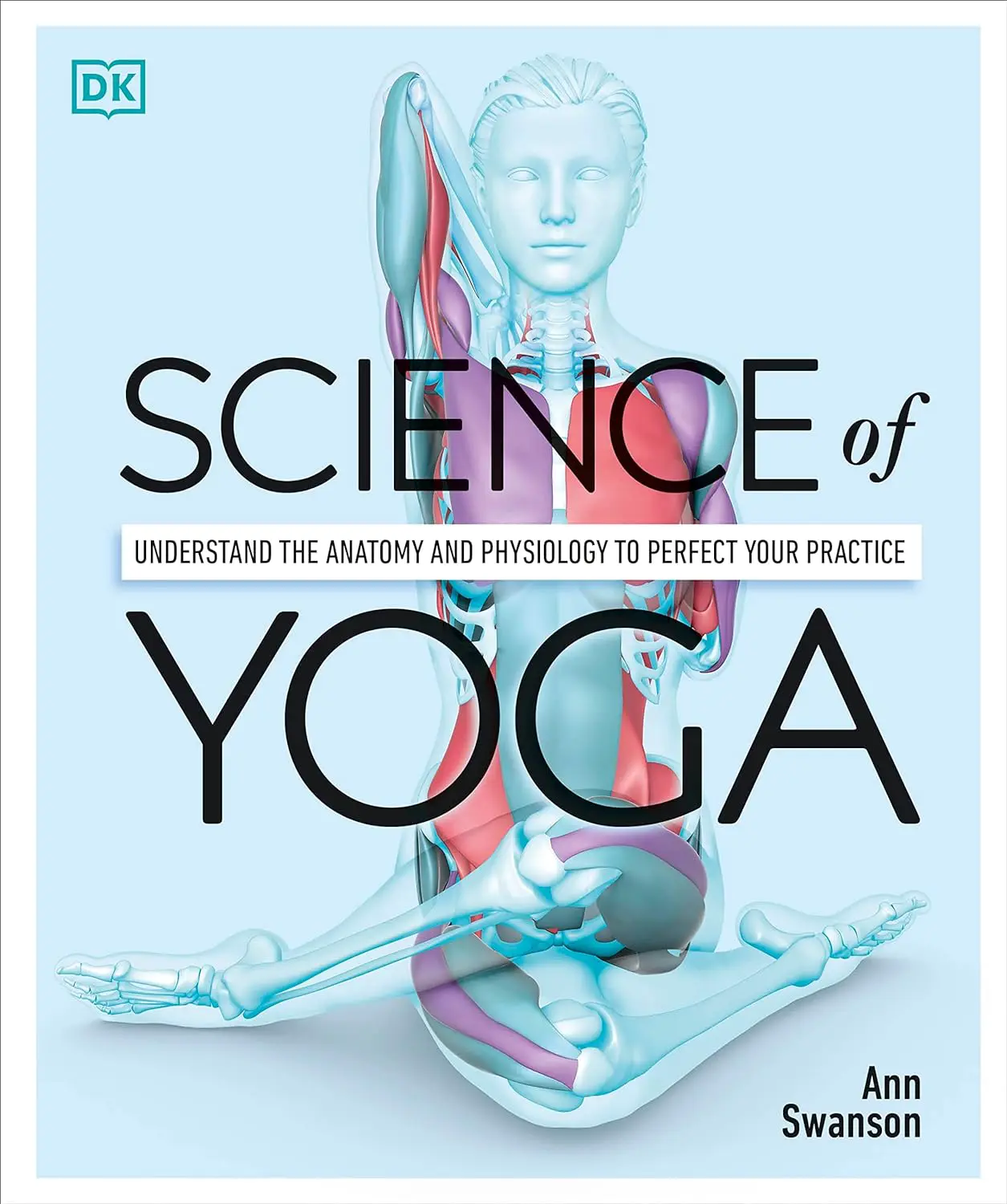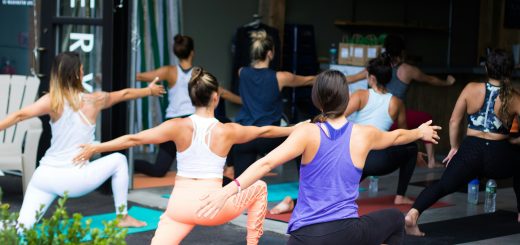26 Postures: Bikram Yoga’s Signature Sequence

Looking for more amazing products? Check out our online store and explore our collection here! Happy shopping!
Before diving in, please note: This post is for informational purposes only. If you’d like to know more about how we approach topics, feel free to check out our friendly Disclaimer Page.
Hey there, amazing readers! 
We’re committed to delivering quality posts, and your support (even just sticking around despite the ads) means everything to us. So, bear with us, and thanks for helping us keep the good vibes rolling. Now, on to the fun stuff!
TRANSLATE BUTTON AT THE END OF THE ARTICLE
A Quick Overview
Bikram Yoga, a form of hot yoga, is known for its signature sequence of 26 postures and two breathing exercises.
This practice is done in a room heated to 105°F (40.6°C) with a humidity of 40%, allowing for a deeper stretch and detoxification of the body.
The 26 postures are designed to work every part of the body, providing a full-body workout and promoting physical and mental well-being.
In this article, we will delve into the benefits, history, origins, alignment, breathing techniques, differences from other styles, tips for beginners, challenges, meditation, precautions, and consistency in Bikram Yoga.
Introduction to Bikram Yoga’s 26 Postures
The 26 postures in Bikram Yoga are carefully selected to target every muscle, joint, and organ in the body.
From standing poses to backbends and twists, each posture is designed to improve strength, flexibility, balance, and endurance.
These postures are performed in a specific sequence to maximize the benefits of each pose and to create a balanced practice that works the entire body.
Benefits of Practicing Bikram Yoga
Practicing Bikram Yoga regularly can lead to numerous physical and mental benefits.
Some of the key benefits include increased flexibility, improved strength, enhanced balance, weight loss, detoxification, stress reduction, and improved mental clarity.
The heat in the room helps to increase blood flow, promote sweating, and release toxins from the body, leading to a deep cleanse and rejuvenation.
History and Origins of Bikram Yoga
Bikram Yoga was created by Bikram Choudhury in the 1970s and gained popularity for its unique sequence of 26 postures and two breathing exercises.
Choudhury combined traditional hatha yoga with his own innovative approach to create a challenging yet accessible practice for people of all ages and fitness levels.
Over the years, Bikram Yoga has grown into a global phenomenon with dedicated practitioners around the world.
Understanding the Signature 26 Postures
The 26 postures in Bikram Yoga include a mix of standing, balancing, sitting, and spine-strengthening poses.
Each posture is held for a specific amount of time to allow for a deep stretch and activation of the targeted muscles.
Some of the key postures include Half Moon Pose, Eagle Pose, Standing Bow Pose, Camel Pose, and Tree Pose.
These postures are practiced in a specific order to create a flowing and dynamic sequence that challenges the body and mind.
Importance of Proper Alignment in Bikram Yoga
Proper alignment is crucial in Bikram Yoga to prevent injuries and maximize the benefits of each posture.
Aligning the body correctly helps to engage the right muscles, protect the joints, and maintain balance and stability.
It is important to listen to the cues from the instructor, use props when needed, and adjust the posture to fit your body’s limitations.
By focusing on alignment, you can deepen your practice and avoid strain or injury.
Breathing Techniques in Bikram Yoga
Breath control is an essential part of Bikram Yoga, with specific breathing exercises incorporated into the practice.
The two breathing techniques used in Bikram Yoga are the Standing Deep Breathing Exercise and the Kapalbhati Breathing Exercise.
These breathing exercises help to oxygenate the body, calm the mind, and enhance the flow of energy throughout the body.
By linking breath with movement, practitioners can deepen their focus, improve their endurance, and release tension in the body.
How Bikram Yoga Differs from Other Styles
Bikram Yoga stands out from other styles of yoga due to its specific sequence of 26 postures and two breathing exercises, as well as the heated room in which it is practiced.
Unlike other forms of yoga that may focus on flow, alignment, or meditation, Bikram Yoga prioritizes strength, flexibility, and endurance through a set sequence of postures.
The heat in the room helps to increase flexibility, promote detoxification, and challenge practitioners to push past their limits.
Tips for Beginners in Bikram Yoga
For beginners in Bikram Yoga, it is important to listen to your body, pace yourself, and focus on proper alignment.
Start with the basics, attend regular classes, and gradually build up your practice.
Stay hydrated, dress in light and breathable clothing, and come to class with an open mind and a positive attitude.
Don’t be afraid to ask questions, seek guidance from the instructor, and take breaks when needed.
Consistency is key in building strength, flexibility, and confidence in your practice.
Overcoming Challenges in the 26 Postures
As with any physical practice, Bikram Yoga can present challenges along the way.
Some common challenges include the heat in the room, the intensity of the postures, and mental resistance to staying present and focused.
To overcome these challenges, stay hydrated, breathe deeply, and focus on your breath to calm the mind.
Use the heat as an opportunity to deepen your practice and release toxins from the body.
Approach each posture with patience and persistence, and celebrate your progress and growth along the way.
Incorporating Meditation in Bikram Yoga
While Bikram Yoga is a physically demanding practice, it also offers opportunities for meditation and mindfulness.
By focusing on your breath, staying present in the moment, and observing your thoughts without judgment, you can cultivate a sense of inner peace and tranquility.
Use the stillness between postures to center yourself, connect with your breath, and quiet the chatter of the mind.
Incorporating meditation into your Bikram Yoga practice can enhance your overall experience and deepen your mind-body connection.
Precautions to Take During Practice
It is important to take precautions during Bikram Yoga to ensure a safe and effective practice.
Stay hydrated before, during, and after class to prevent dehydration.
Listen to your body and avoid pushing yourself beyond your limits.
If you have any pre-existing health conditions or injuries, consult with your healthcare provider before starting Bikram Yoga.
Be mindful of the heat in the room and take breaks as needed to prevent overheating or exhaustion.
Remember that it’s okay to modify poses or skip postures that don’t feel right for your body on a particular day.
Consistency and Progress in Bikram Yoga
Consistency is key in seeing progress and reaping the benefits of Bikram Yoga.
Aim to practice regularly, whether it’s once a week or several times a week, to build strength, flexibility, and endurance.
Keep track of your progress, set goals for yourself, and celebrate small victories along the way.
As you continue to show up on your mat and commit to your practice, you will notice improvements in your physical abilities, mental clarity, and overall well-being.
Trust the process, stay committed, and enjoy the journey of growth and transformation through Bikram Yoga.
Conclusion
Bikram Yoga’s signature sequence of 26 postures offers a challenging yet rewarding practice that targets every part of the body.
By focusing on alignment, breath control, and consistency, practitioners can experience a wide range of physical and mental benefits.
Whether you’re a beginner or an experienced yogi, Bikram Yoga provides a unique opportunity to strengthen the body, calm the mind, and cultivate a sense of inner peace.
By taking precautions, staying present, and embracing the challenges along the way, you can deepen your practice and experience the transformative power of Bikram Yoga.
So roll out your mat, step into the heat, and embark on a journey of self-discovery and growth through Bikram Yoga.

The Enlightenment Journey is a remarkable collection of writings authored by a distinguished group of experts in the fields of spirituality, new age, and esoteric knowledge.
This anthology features a diverse assembly of well-experienced authors who bring their profound insights and credible perspectives to the forefront.
Each contributor possesses a wealth of knowledge and wisdom, making them authorities in their respective domains.
Together, they offer readers a transformative journey into the realms of spiritual growth, self-discovery, and esoteric enlightenment.
The Enlightenment Journey is a testament to the collective expertise of these luminaries, providing readers with a rich tapestry of ideas and information to illuminate their spiritual path.
Our Diverse Expertise
While our primary focus is on spirituality and esotericism, we are equally passionate about exploring a wide range of other topics and niches 

To ensure we provide the most accurate and valuable insights, we collaborate with trusted experts in their respective domains 
Our blog originally focused on spirituality and metaphysics, but we’ve since expanded to cover a wide range of niches. Don’t worry—we continue to publish a lot of articles on spirituality! Frequently visit our blog to explore our diverse content and stay tuned for more insightful reads.
Hey there, amazing reader! 
Check out our store here and take a peek at some of our featured products below! Thanks for being awesome!











